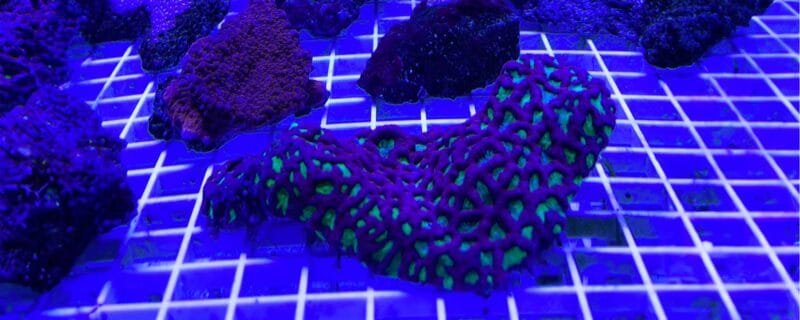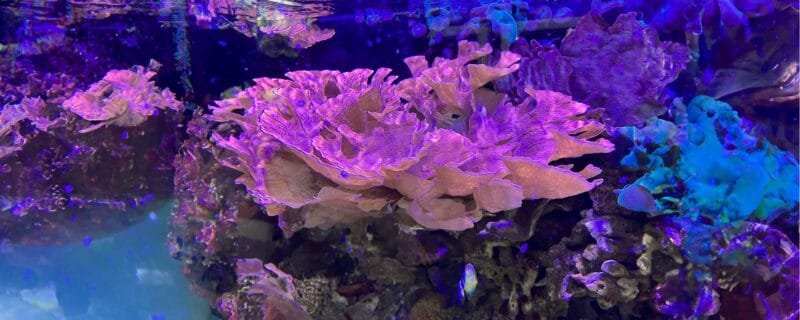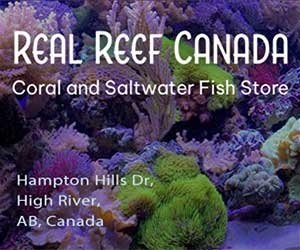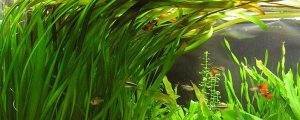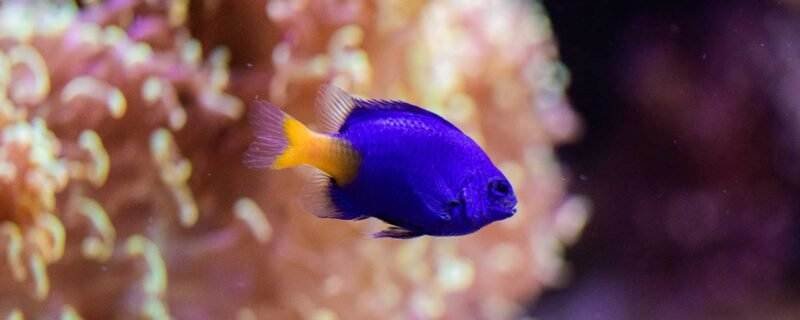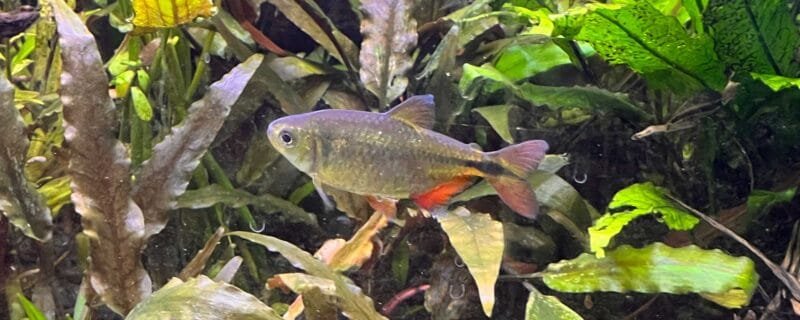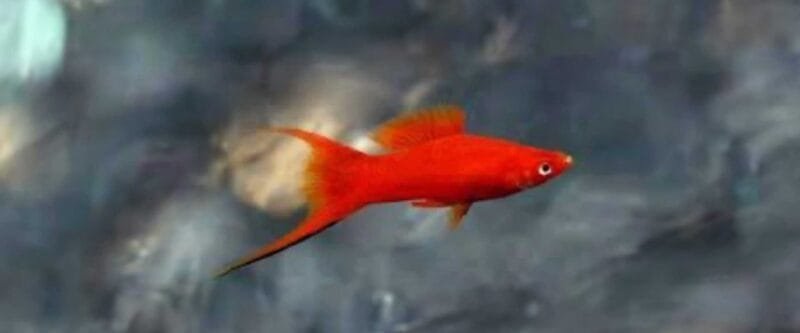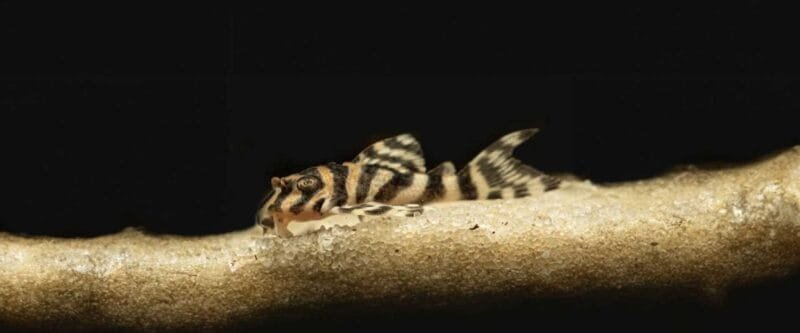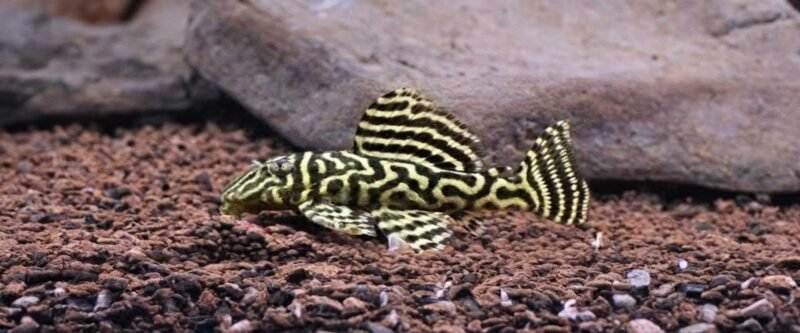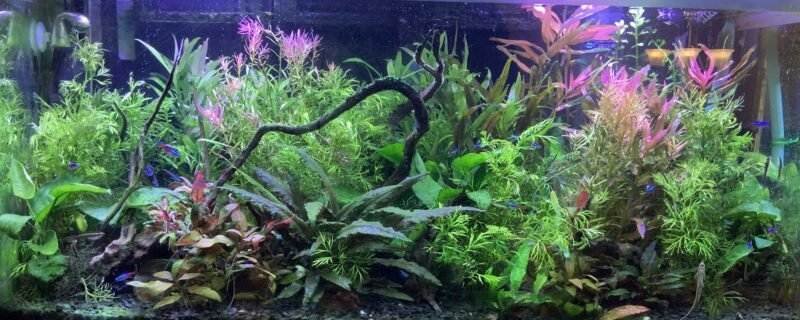Unlocking the Beauty of the White Anemone Coral: A Comprehensive Guide
The White Anemone Coral, scientifically known as Anemonia spp., is a stunning coral species that graces marine aquariums with its elegant appearance. In this blog post, we’ll take a closer look at the White Anemone Coral, from its scientific name to its care requirements and fascinating attributes.
Latin Name and Size
The White Anemone Coral, scientifically classified as Anemonia spp., typically forms individual polyps. These polyps are relatively small, with diameters ranging from 1 to 2 inches.
Natural Habitat
In the wild, White Anemone Corals can be found in various regions of the Indo-Pacific Ocean, including the waters of Indonesia, Fiji, and the Great Barrier Reef. They often inhabit shallow waters, clinging to rocks and reef substrates.
Categorization
The White Anemone Coral falls into the category of Soft Corals. Unlike Large Polyp Stony (LPS) or Small Polyp Stony (SPS) corals, they lack a hard calcium carbonate skeleton, giving them their soft, graceful appearance.
Varieties
Within the Anemonia genus, there are several species and color morphs of White Anemone Corals. These variations can include shades of white, cream, and light pastels, offering a diverse array of choices for coral enthusiasts.
Diet
White Anemone Corals are primarily photosynthetic, relying on symbiotic zooxanthellae within their tissues for energy. While they do not require direct feeding, they can also capture small prey, such as zooplankton and microorganisms, using their stinging tentacles. Supplementing their diet with marine foods designed for corals can enhance their health and vibrancy.
Alternative Names
This coral is commonly known by alternative names such as White Tube Anemone, White Flower Anemone, or White Colonial Anemone, reflecting its delicate appearance and polyp shape.
Feeding Requirements
White Anemone Corals can thrive without direct target feeding due to their photosynthetic nature. However, occasional feedings can be beneficial, especially in aquariums with lower light levels. Offering microplankton or liquid coral foods can stimulate growth and enhance coloration.
Fragging
Fragging, or coral propagation, is possible with White Anemone Corals but should be done with care. They can be fragged by carefully cutting a portion of the coral and attaching it to a suitable substrate. Proper safety measures and precautions are essential during fragging to prevent harm to the parent colony.
Water Conditions
To ensure the health and vibrancy of White Anemone Corals, maintaining stable water conditions is crucial. They thrive in temperatures ranging from 75-82°F (24-28°C), a pH level of 8.1-8.4, and a specific gravity of 1.023-1.025. Adequate lighting with moderate to high intensity is essential to support their photosynthetic needs.
Conclusion
In conclusion, the White Anemone Coral, or Anemonia spp., is a captivating addition to any reef aquarium. Its delicate beauty, unique texture, and compatibility with various tank setups make it a sought-after choice for aquarists of all levels. Whether you’re looking to create a serene underwater oasis or showcase a specific color variation, White Anemone Corals offer a world of possibilities. Dive into the enchanting world of soft corals with these exquisite specimens and watch your aquatic realm come alive with their graceful presence.


